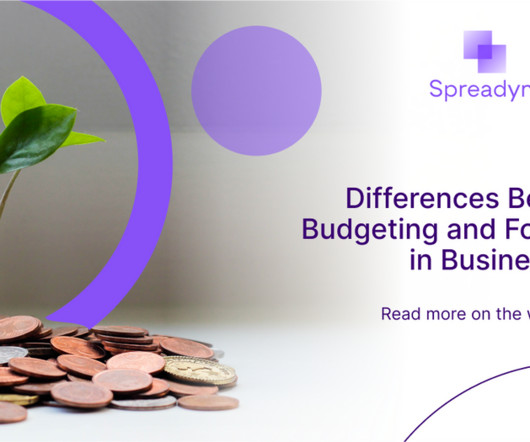Budget vs Actuals: The Key to Measuring Business Performance
Centage
SEPTEMBER 11, 2023
Staying on top of your financial performance is vital for running your business. Unfortunately, creating a perfect budget doesn’t mean that you’ll follow it. Budget vs actuals analysis is one of the most effective ways to maintain a clear picture of your company’s performance. Subtract Actuals from Budgets.














Let's personalize your content